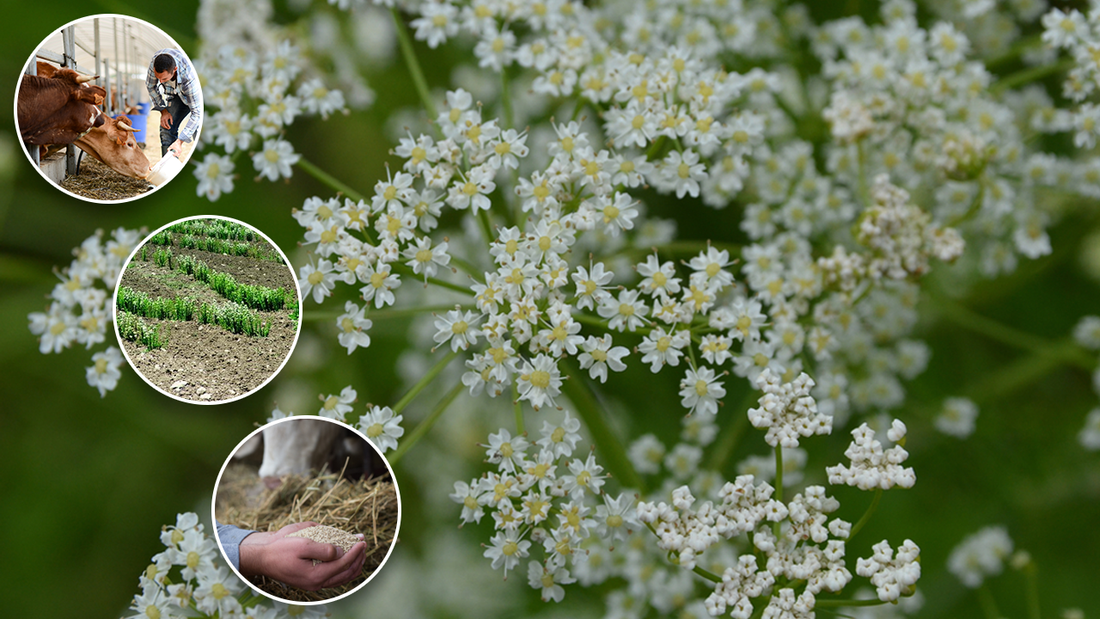It consists of cyclohex-2-enone with isopropenyl and methyl substituents at positions 2 and 5, respectively. It mainly plays a role of allergen but since it's a member of the carvone family, it is a botanical antifungal agent.
It exhibits several biological properties such as antimicrobial, anticancer, anti-inflammatory, antidiabetic, neurological, and many other pharmacological effects through its varied effects on the subcellular, cellular, and molecular levels.
Uses of Carvones
- Anti-arthritic properties: Scientists believe that Carvone helps in decreasing WBC and increasing RBC, making it one of the best components for arthritis treatment.
- Antifungal properties: Carvone is effective against candida and Penicillium.
- Anti-inflammatory properties: Carvone is also known to inhibit the inflammatory signaling pathways and decrease inflammatory mediators.
Applications
Veterinary Field
D-carvone is used in veterinary medicines to treat flatulence and disturbances of the stomach and gut in farmed animals, as well as to facilitate breathing in newborn animals.
Food Industry
Aromatherapy oils, personal care products, air fresheners, and air fresheners contain natural (R)-carvone for flavoring and aroma.
Agriculture
Carvone manufacturers have a huge demand in the western countries' agricultural sector. For instance, the Dutch market sells S-(+)-Carvone under the name Talent to prevent the premature sprouting of potatoes during storage.
Organic synthesis
Due to its availability in both enantiomerically pure forms at a reasonable price, carvone is an attractive starting material for the asymmetric total synthesis of natural products. For instance, (S)-(+)-carvone was used to begin a 1998 terpenoid quassin.
Stereoisomerism and odor application
You will find two mirror images of Carvone forms or enantiomers i.e. R-(−)-carvone, or L-carvone, which has a sweet minty smell. This smell is similar to spearmint leaves. On the other hand, the mirror image, S-(+)-carvone, or D-carvone, has a spicy aroma. Due to the difference in perception of smell between the two enantiomers, one enantiomer must stimulate olfactory receptors more strongly than the other. Therefore many foods and fragrance industries tie up with carvones manufacturers to use the carvones either as a flavoring agent or to enhance the odor of their products. Get in touch with SBBLG for more information.





